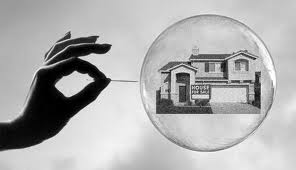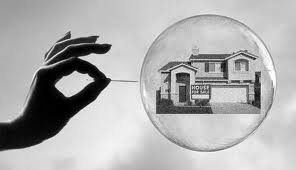Last year I posted on who I thought created the housing bubble:
There is no doubt that the housing crisis was caused by government policy. Bad actors everywhere? Sure. But at the root of it all the was the government’s desire – by both parties – to increase home ownership in America. And specifically for the poor and minorities.
There has yet to be evidence produced that would cause me to change my mind. There is absolutely no question whatsoever that the administrations of Presidents going back to Jimmy Carter pursued the goal of home ownership in America – most specifically in the poor and minority populations.
The flip side to the “government created the bubble” is the “Wall Street’s greed created the bubble.” The most vocal in my circle has been Scott Erb over at World inn Motion here and here:
The housing bubble and subsequent crisis was created by the big banks who were able to pull off the equivalent of a high stakes ponzi scheme and get away with it.
I’ve been going back and forth with Scott, and other wrong minded individuals about this as if it were a binary proposition. Meaning that the answer was either I was right or “they” were right.
I’ve come to a different conclusion. Namely, that while the government certainly was the trigger of the events that led to the crash, the whole thing still had to be set in motion with the people who would make and then sell the loans.
Consider – the government requires banks increase lending to people who have no hope of repaying those loans. It stands to reason that the banks then go and meet the requirements. This doesn’t change the fact that they were incented to make those loans and create the vehicles which facilitated those activities.
What might it take to create the case that this is the case?
- A bubble existed
- That government policy favored or desired homeowner ship among the poor and minority populations.
- That the government created conditions that either incented or required banks to increase these risky loans.
- That government assisted in this practice
If government passes a law that creates a disincentive to hire or retain employees, and then business reacts by firing or not hiring people it is BOTH true that government created the conditions that led to reduced employment AND that business acted out those policies – both Scott and I might be correct.
Wall Street may have enacted the policies but did so only due to government involvement.





